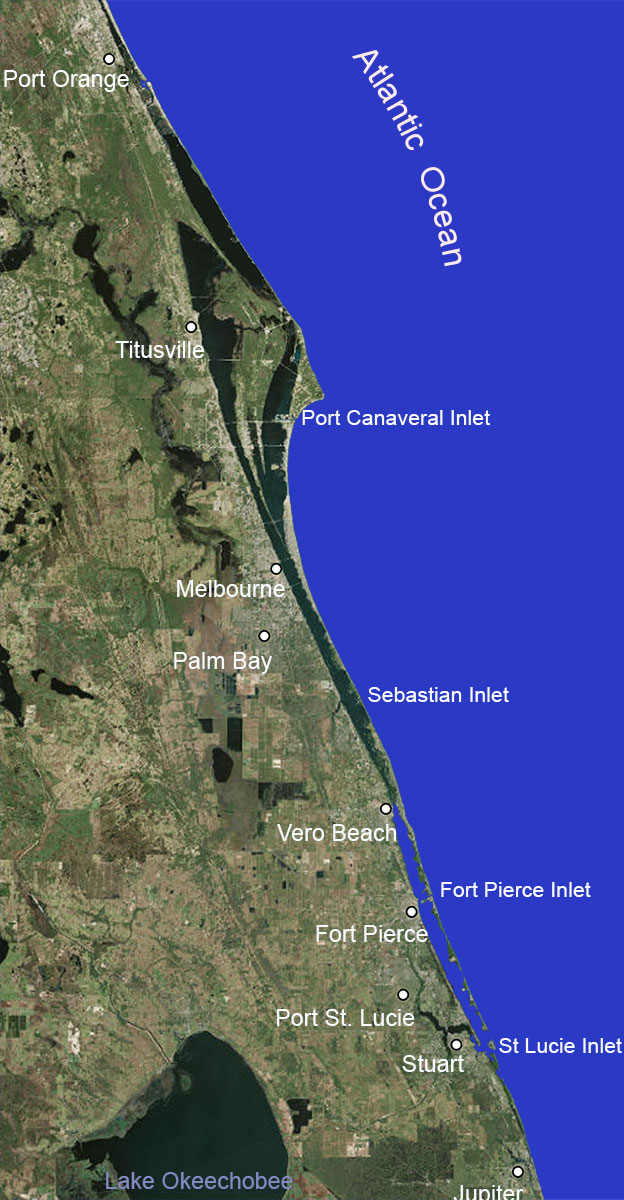Indian River Lagoon Observatory

IRLO Director:
Project Team:
IRLON Manager Kristen Davis:
IRLON Field Coordinator: Chris Hoey;
Water Quality Analyst: Haley McQueen;
Data Analyst: Bryan Botson;
Water Quality Technicians: Scott Hurley, Ron Cloutier;
Biological Scientists: David Heuberger and Patrick Monaghan;
Lab Assistant: Emily Rutkowski
The Indian River Lagoon (IRL) is a unique, highly diverse, shallow-water estuary of national significance, stretching along 156 miles, or 40 percent of Florida’s east coast. The IRL’s economic value to Florida is estimated to be nearly $8 billion per year. Urbanization, excessive freshwater releases, degradation of water quality, contaminant loading, loss of habitat (e.g., seagrasses, mangroves), harmful algal blooms, decline of fisheries, and emerging diseases in marine mammals and other biota are increasingly important issues in the IRL, as they are throughout the world’s estuaries and coastal waters.
The Indian River Lagoon Observatory (IRLO), based at FAU Harbor Branch in Fort Pierce, Florida, is investigating the IRL’s plants, animals, and environment, and how natural and human-induced stressors impact them. The goal of IRLO is to acquire and disseminate data and knowledge on the IRL critical to its ecological function and its sustainable management.
Essential elements of IRLO are:
- A long-term, ecosystem-based approach – The focus of current research is on the relationships of water quality, macroalgae, and seagrasses, all key components of the IRL ecosystem, and their restoration.
- A network of advanced observing stations – The Indian River Lagoon Observatory Network of Environmental Sensors (IRLON) consists of Land/Ocean Biogeochemical Observatory (LOBO) units and weather sensors to provide real-time, high-accuracy, and high-resolution water quality/weather data through a dedicated interactive website.
- Collaboration among organizations – The center piece of IRLO’s collaborative efforts is the annual Indian River Lagoon Symposium, a forum for research on the IRL and its management to narrow the gaps between research and its application.
- Education and outreach – IRLO’s research is being disseminated widely to students and the public.
